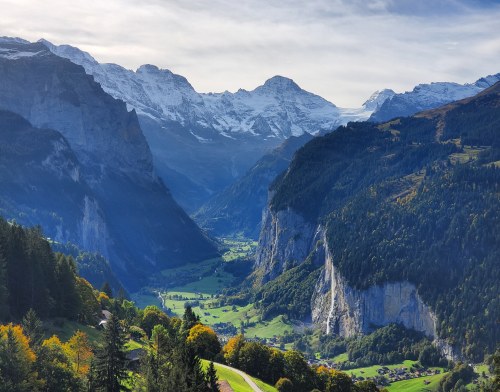
A view above Lauterbrunnen valley, Switzerland (OC) [3828x3024] via /r/EarthPorn https://ift.tt/2qfKcQn
via Tumblr https://ift.tt/2q82WBs
WIZARD CITY CROSSROADS SPIRAL TOWER LIBRARY STATION DREAM POETRY VISIONS RAINBOW BRIDGE CASTLE CELESTIAL CITADEL WISDOM HOLY MOUNTAIN SUNFLOWER TREEOFLIFE SECRET STAR STAIRWAY AIR SPIRIT WATER EARTH SILVER LUCID ASTRAL TAROT HEALING MANDALA COSMIC FANTASY TURTLE WORLD LABYRINTH TEMPLE CREATION IMAGINATION BLUE FORTRESS SAPPHIRE AMETHYST SKY RIVER INN MAGIC THEATER MEMORY PALACE GALAXY HOME MULTIVERSE FRACTAL INTERDIMENSIONAL NEW ANCIENT LOVE UNDERSTANDING CONSCIOUSNESS PEACE EMPATHY PROTECTION++

A view above Lauterbrunnen valley, Switzerland (OC) [3828x3024] via /r/EarthPorn https://ift.tt/2qfKcQn
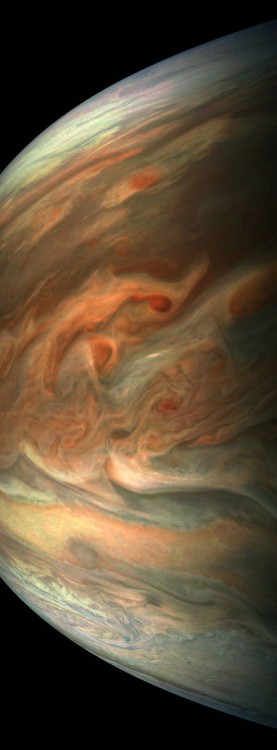
This striking image of Jupiter was captured by NASA’s Juno Spacecraft as it performed its eighth flyby of the gas giant planet. via /r/spaceporn https://ift.tt/34j0DKz
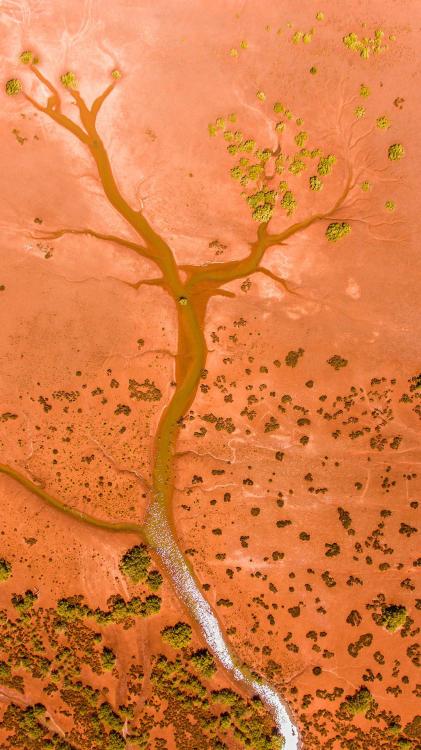
Plants still managing to grow in some of Australia’s harshest conditions with the help of a recent rainfall. Devils Creek, Western Australia [OC] [1079x1920] via /r/EarthPorn https://ift.tt/324qBQH
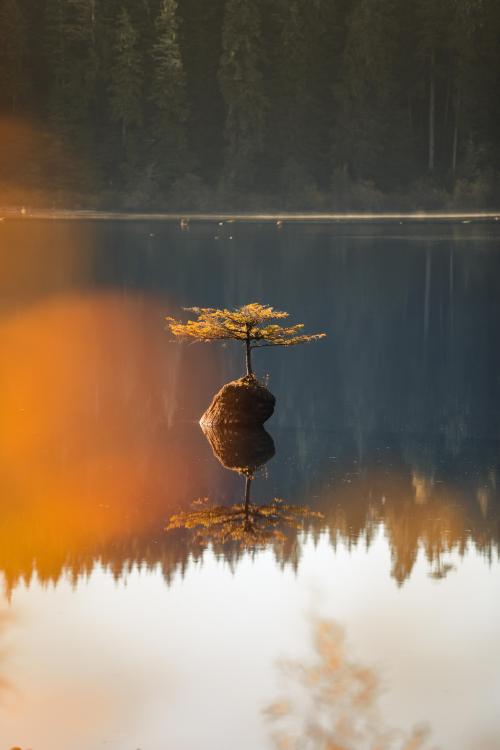
A Tree You’ve Seen Before - Vancouver Island (4344x6516)[OC] via /r/EarthPorn https://ift.tt/2NvES3j
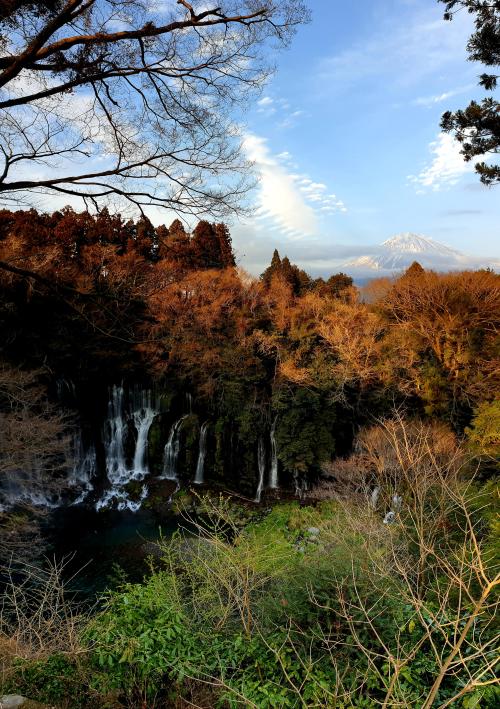
Shiraito falls, near Mount Fuji, Japan. [35°18'45.6"N 138°35'14.5"E] [2978 x 4225] [OC] via /r/EarthPorn https://ift.tt/2N245Ua
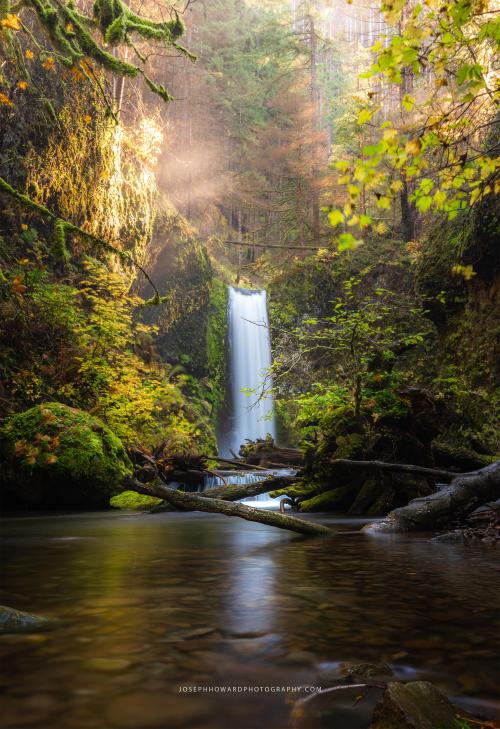
A scene straight out of a fairytale; Wiesendanger Falls, Columbia River Gorge, Oregon [OC] [2057x3000] via /r/EarthPorn https://ift.tt/2JDB7I8
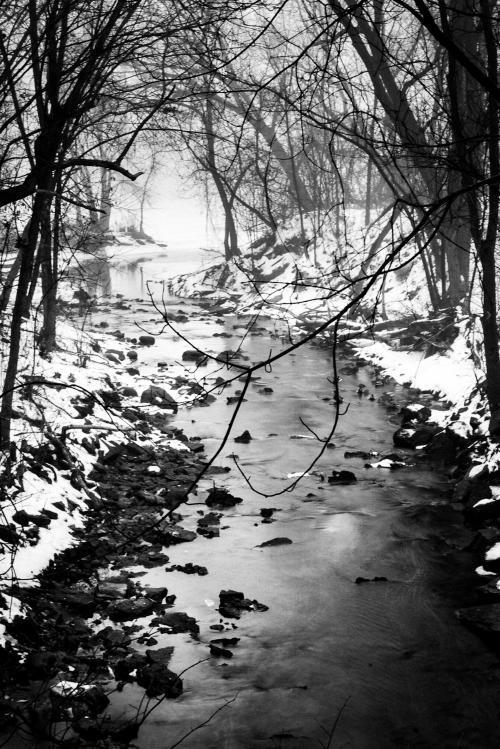
An icy stream in Minnesota [OC] [3283x4918] via /r/EarthPorn https://ift.tt/2N4wZD5
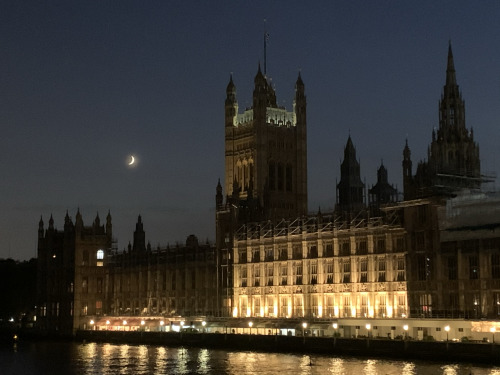
It may only be shot on my iPhone, but I do love this picture I stopped to take tonight of the Moon and (a very faint) Jupiter setting above the Palace of Westminster (UK Parliament) via /r/spaceporn https://ift.tt/2PHwKzo
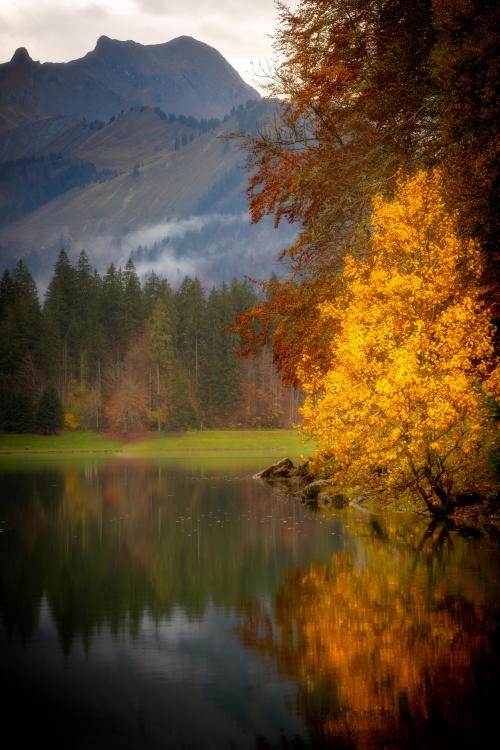
Autumn Light, Lac du Montriond, Haute Savoie, France [OC] [4480 × 6720] via /r/EarthPorn https://ift.tt/2qZ62Il
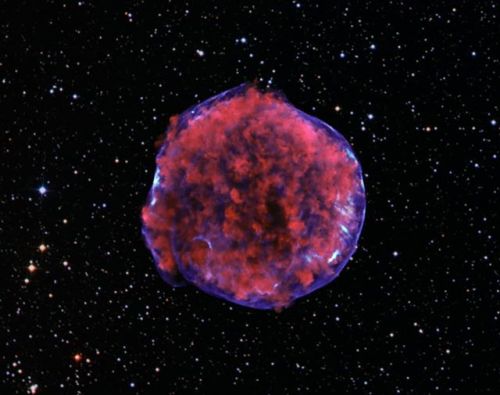
The Tycho Type IA supernova remnant. © NASA/CXC/Rutgers/K. Eriksen et al.; Optical: DSS) via /r/spaceporn https://ift.tt/2BXanOu
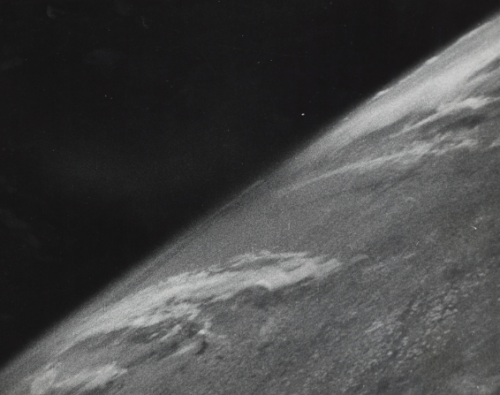
The first photo ever taken of Earth from space. via /r/spaceporn https://ift.tt/2PC3GJY
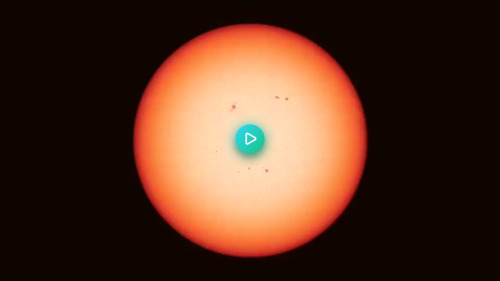
What a transit of Earth and Moon across the sun would look like via /r/spaceporn https://ift.tt/2ozGFfx
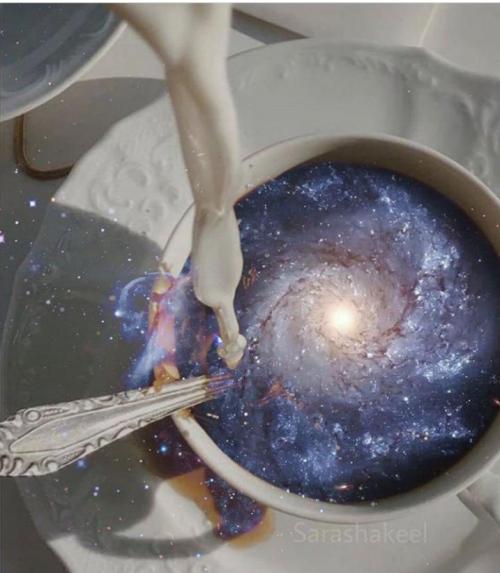
Let’s explore cosmos with a cup of tea via /r/spaceporn https://ift.tt/330LGws
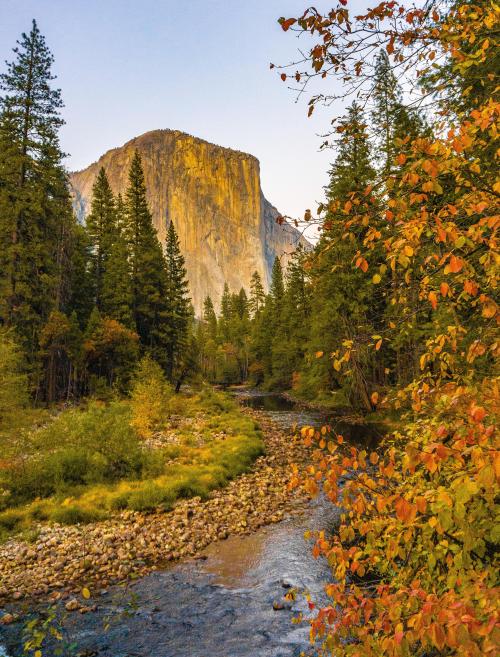
Subtle, but beautiful fall colors in Yosemite Valley yesterday [OC][3673 × 4825] via /r/EarthPorn https://ift.tt/2WsNmfP
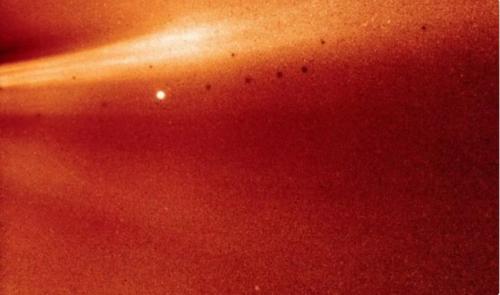
The picture of sun by Parker Solar probe from a distance of 27 million kilometres. via /r/spaceporn https://ift.tt/34cKdDm
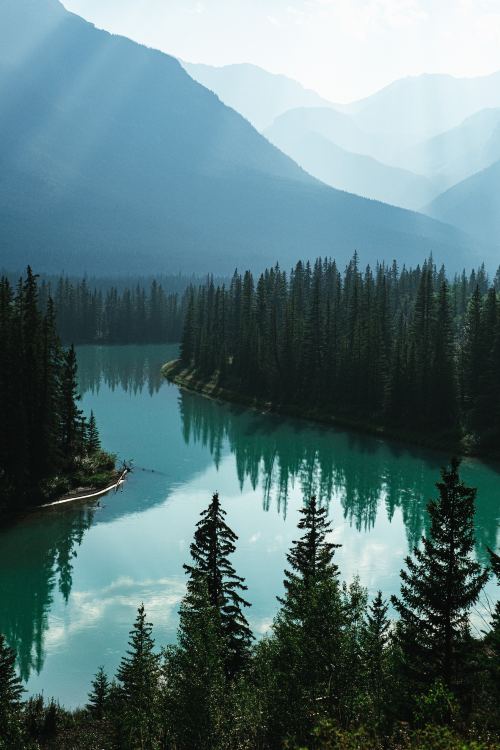
River between pine trees at Banff, Canada [OC][3000x4500] via /r/EarthPorn https://ift.tt/2q5dcKI
Bob Dylan - Don’t Think Twice, It’s All Right (Audio) https://youtu.be/1iHhWh9FtsQ
Tom Waits - I Hope That I Don’t Fall In Love With You (1973) https://youtu.be/NacWyxV_JNQ
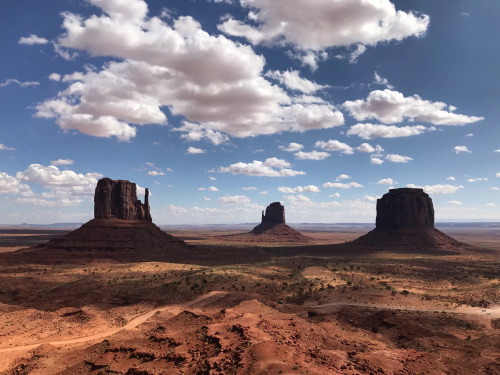
The morning light in Monument Valley, UT was incredible [OC][4032x3021] via /r/EarthPorn https://ift.tt/2Jz2KSM
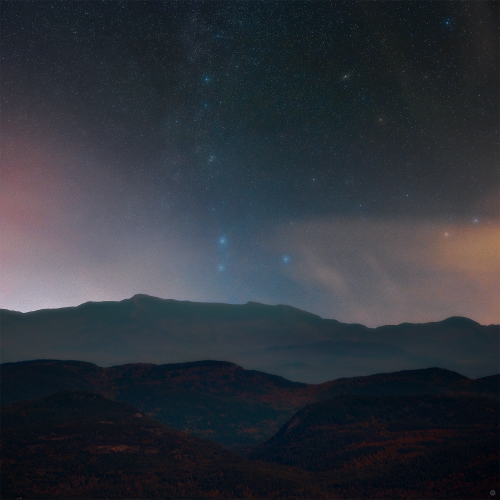
Autumn stars over the Adirondack Mountains in Lake Placid, NY. [2048x2048][OC] via /r/spaceporn https://ift.tt/32289bg
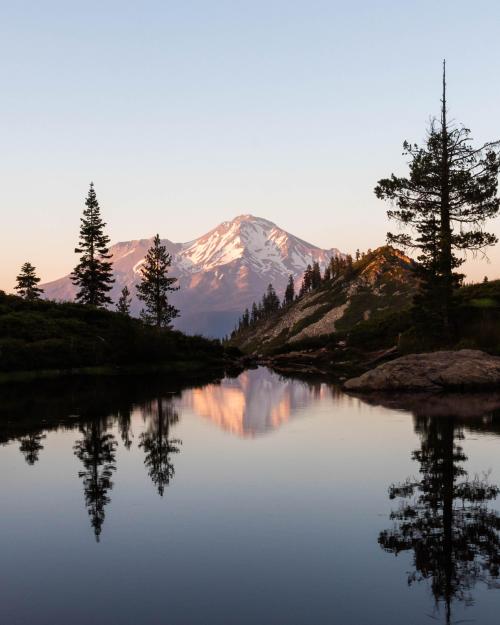
Chasing a sunset at Mount Shasta, California [5184x3456][OC] via /r/EarthPorn https://ift.tt/2NvmCak
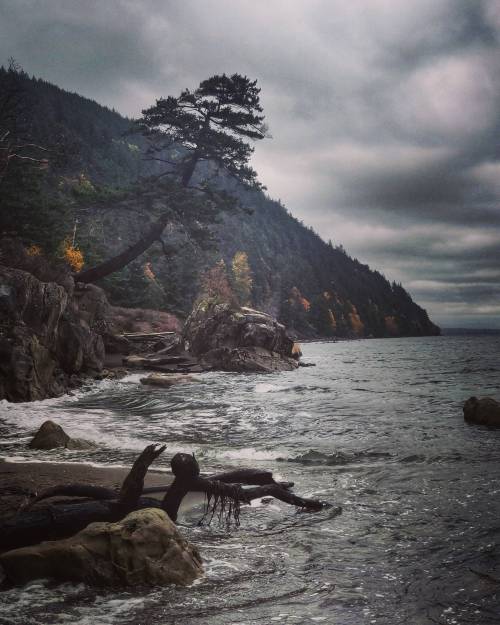
Mist Along the Puget Sound [OC][2176x2720] via /r/EarthPorn https://ift.tt/321ocWX
Over The Garden Wall | Tome of the Unknown | CN Mini | Cartoon Network https://youtu.be/X-0vZeaIrFg
GEORGE A. ROMERO, JOHN CARPENTER INTERVIEWED ON HALLOWEEN ON ‘TOM SNYDER’ https://youtu.be/SkN_n5IHnDc
GEORGE ROMERO INTERVIEW ON PITTSBURGH PBS STATION https://youtu.be/H6gCzq2IYIQ
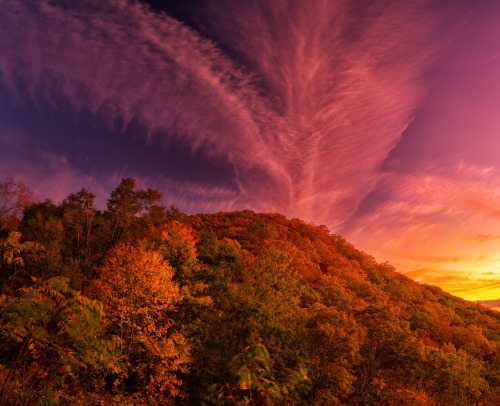
Dodged a bit of traffic on the Blue Ridge Parkway to get this fall sunset in the mountains of North Carolina [OC][3000x2435] via /r/EarthPorn https://ift.tt/2pruiCB
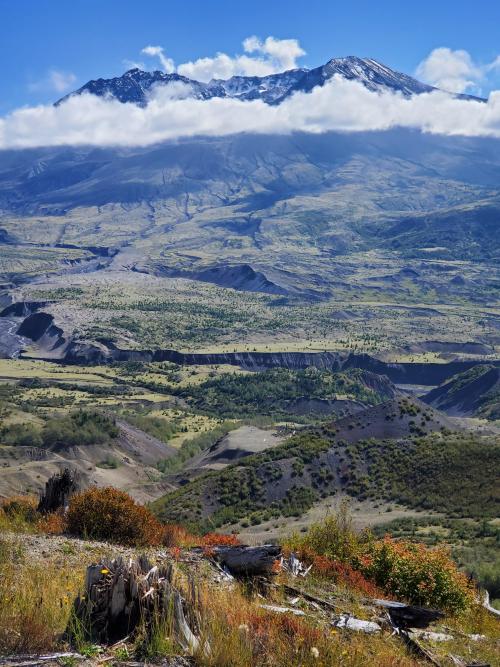
Mt St Helens, Washington [3024×4032] [OC] via /r/EarthPorn https://ift.tt/2NpjqND
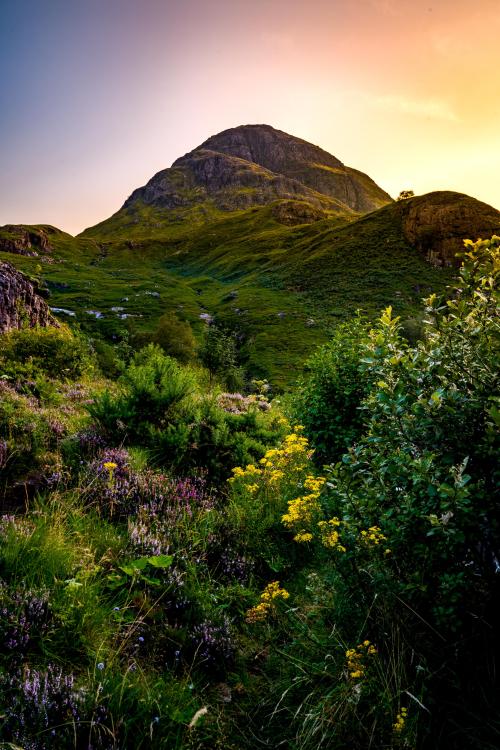
Summer Scottish Highlands [OC] [2829x4241] via /r/EarthPorn https://ift.tt/2WtS7pe
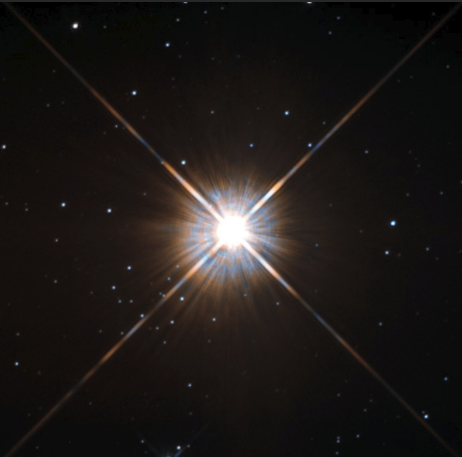
Proxima Centauri, as seen by hubble. It is the closest known star to Earth, and has one planet, Proxima Centauri B. via /r/spaceporn https://ift.tt/2JBZmX2
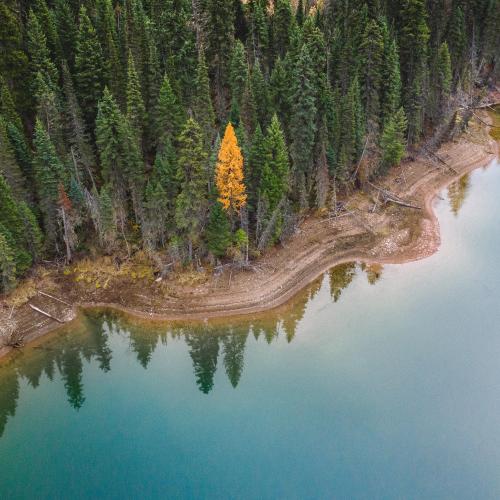
A lonely gold Tamarack on the shore of Hungry Horse Reservoir in Montana [OC] [3640x3640] via /r/EarthPorn https://ift.tt/3223mq6
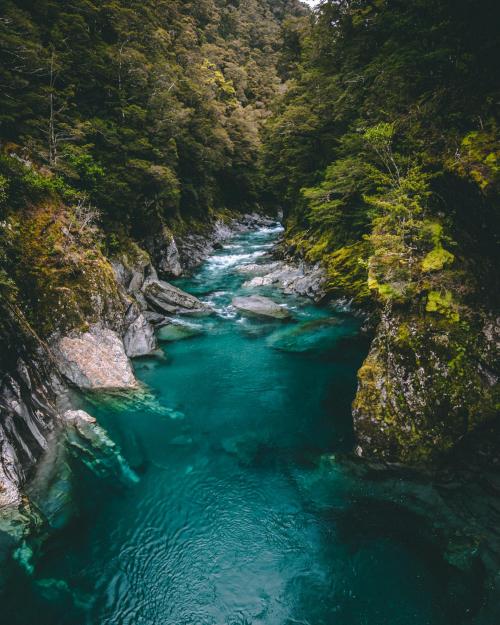
The Blue Pools of New Zealand could not be a more incredible color [1638x2048][OC] via /r/EarthPorn https://ift.tt/2q68iNx
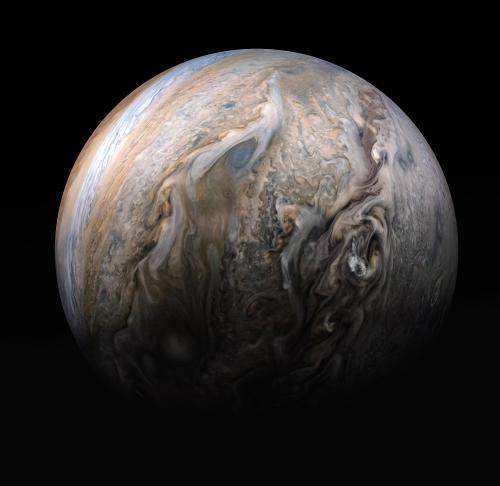
This stunning compilation image of Jupiter’s stormy northern hemisphere was captured by NASA’s Juno spacecraft as it performed a close pass of the gas giant planet. Some bright-white clouds can be seen popping up to high altitudes on the right side of Jupiter’s disk. via /r/spaceporn https://ift.tt/2WsOq3e
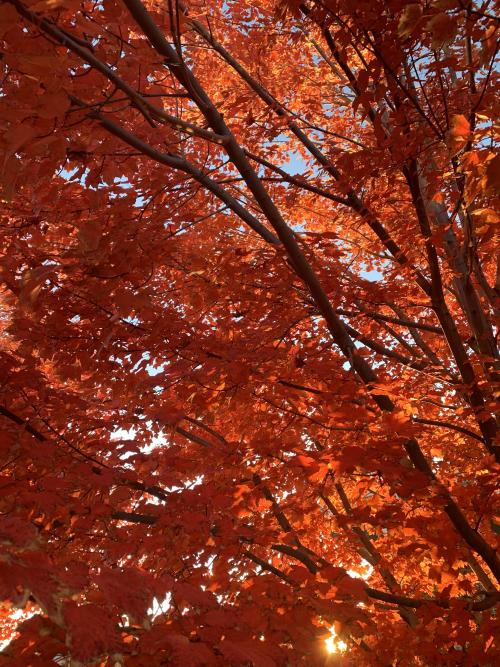
Spokane, Washington [OC] [4032x3024] via /r/EarthPorn https://ift.tt/2JCcQSH
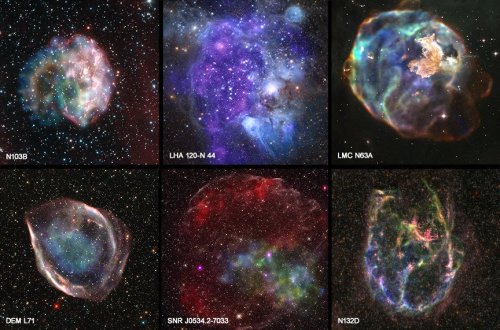
A sample of new images from the archives combining X-ray data from Chandra & optical from NASAHubble via /r/spaceporn https://ift.tt/2BXp7wT
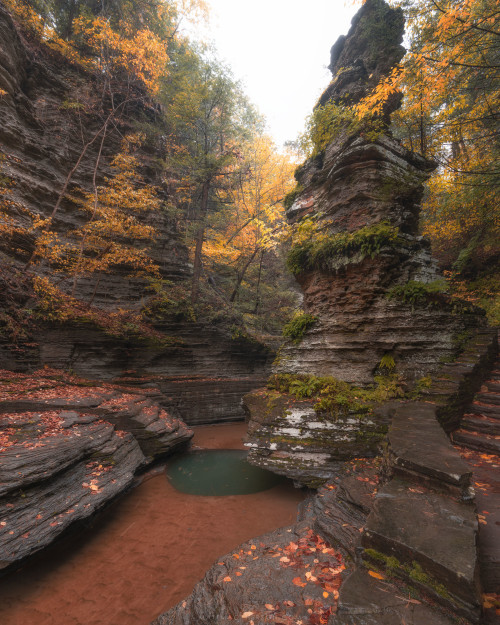
Rock spires and glacial potholes in Buttermilk Falls, New York [OC][3000x2400] via /r/EarthPorn https://ift.tt/2Pvv2Bl
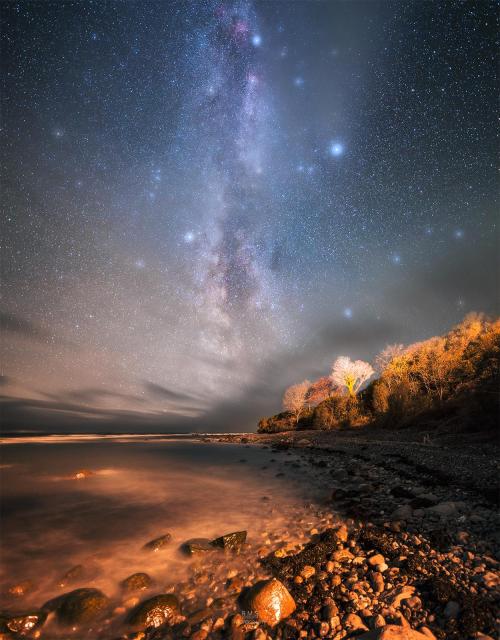
Milky Way over Dark Sky park Møn, Denmark [OC][1250x1600] via /r/EarthPorn https://ift.tt/2JO2qzJ

Taken 10.29.19. Colchuck, WA. [OC] (3024x4032) via /r/EarthPorn https://ift.tt/2ppgaty
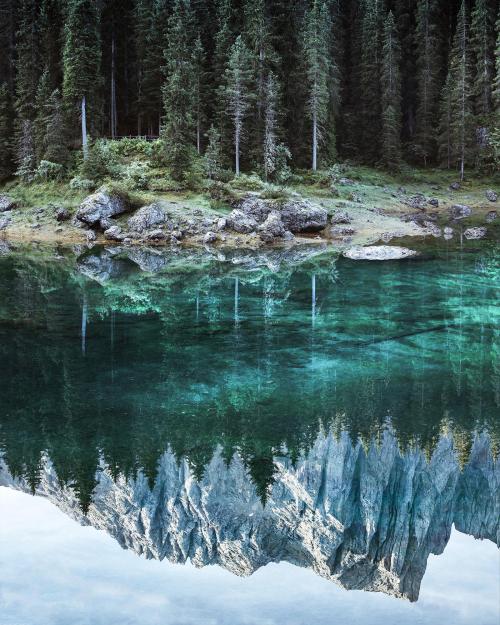
The most perfectly still reflection in Lago di Carezza, Italy [1600x2000] [OC] via /r/EarthPorn https://ift.tt/2PuQMNz
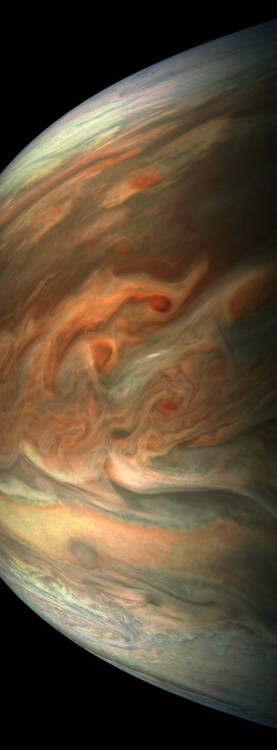
This striking image of Jupiter was captured by NASA’s Juno Spacecraft as it performed its 8th flyby of the gas giant planet. via /r/spaceporn https://ift.tt/2JB1q1x
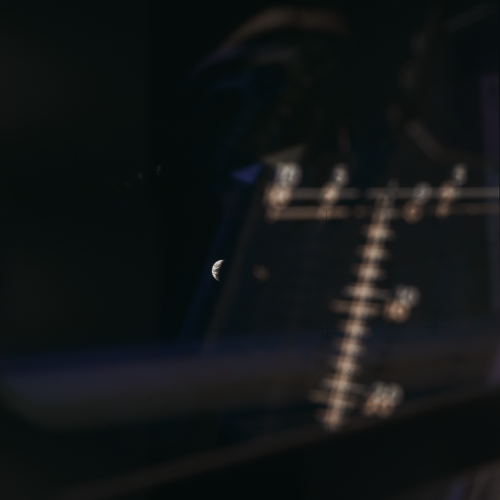
We would never have seen this photo of Earth if Apollo 13 had been lost via /r/spaceporn https://ift.tt/2N05s5V

[OC] Redoubt Lodge, Lake Clark National Park AK. Milky Way over the lake. via /r/spaceporn https://ift.tt/2JyRyFo
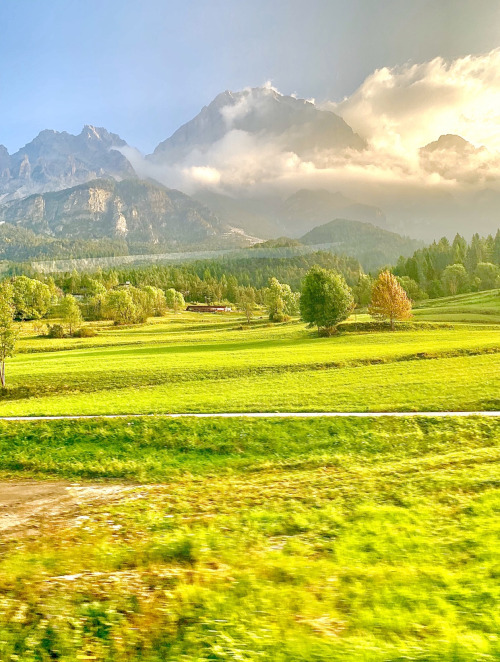
Heaven on Earth…. Cortina d’Ampezzo, Italy [OC] [1242x1645] via /r/EarthPorn https://ift.tt/31UXwqB
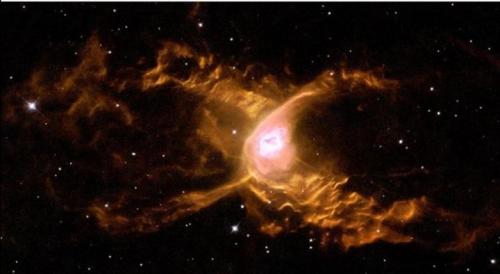
Huge wave are sculpted in this two lobed nebula called the red spider nebula, located some 3000 light years away in the constellation of sagittarius via /r/spaceporn https://ift.tt/31VGCbh
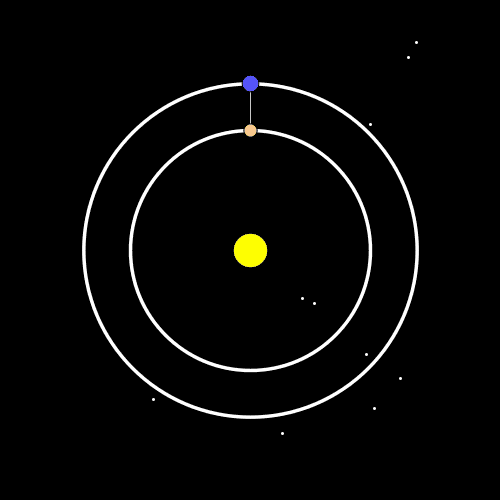
The orbit of Venus and Earth via /r/spaceporn https://ift.tt/36i031y
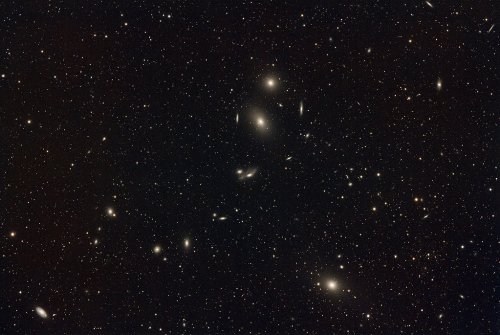
The Virgo Cluster is the largest nearby collection of galaxies, comprising up to 2000. via /r/spaceporn https://ift.tt/2PuJCZL
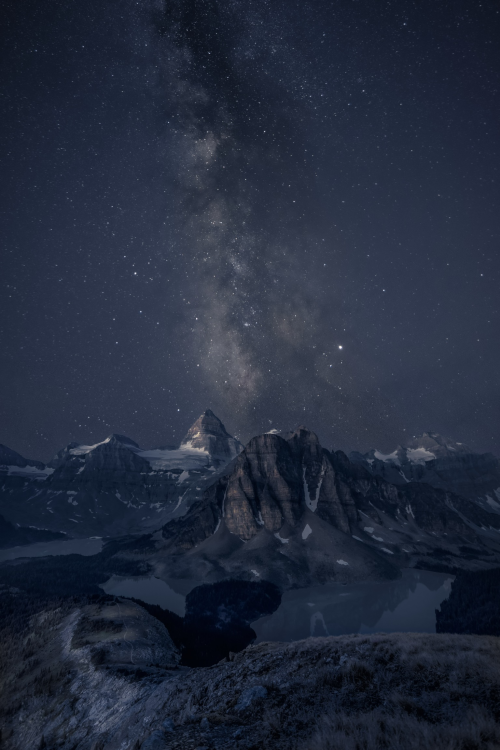
Slept at 10,000ft in the Canadian Rockies to wake up at 3am in freezing temps to experience this. I think it was worth it. [OC] [4000x6000] via /r/EarthPorn https://ift.tt/2BSHbrX
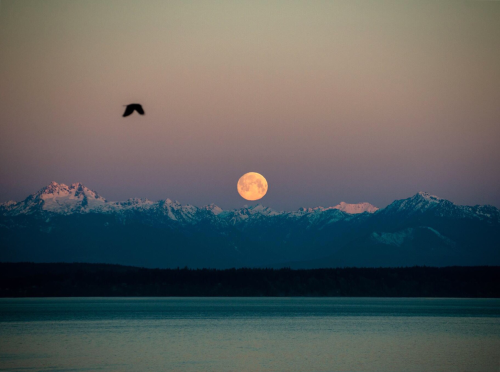
Full moon setting over the Olympic Mountains at sunrise, seen from Seattle [OC][1822x1357] via /r/EarthPorn https://ift.tt/2PrvEYF
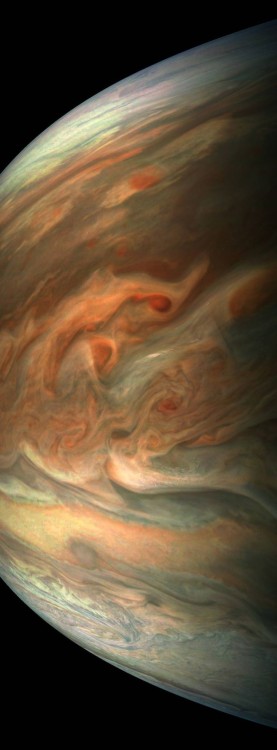
Jupiter captured by NASA’s Juno Spacecraft via /r/spaceporn https://ift.tt/2JyYD99
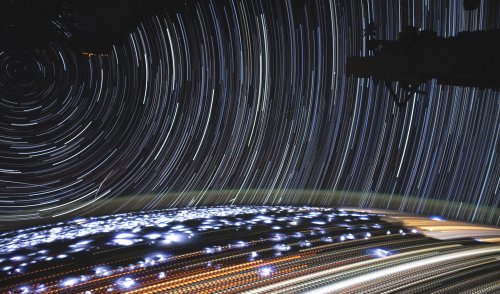
11-minute timelapse made of 400+ photos taken by Christina Koch from the ISS, July 2019. Most of the horizontal streaks are cities except for the amber dotted lines, which are fires in Angola and Congo. The circular lines are stars. I guess the bright blue bursts are lightning but NASA doesn’t say. via /r/spaceporn https://ift.tt/2MYRBg7
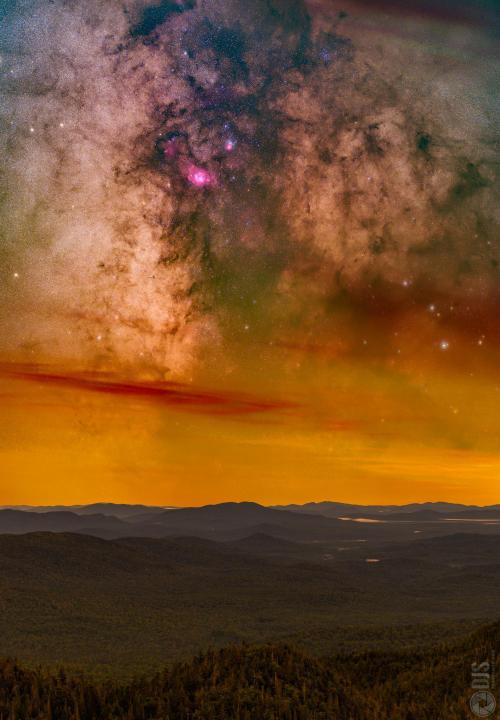
I love spending nights capturing the Milky Way in the Adirondacks, NY! [OC][1423×2048] via /r/EarthPorn https://ift.tt/32YqQ0R

A tree and shooting stars, Wanaka, New Zealand [1638x2048][OC] via /r/EarthPorn https://ift.tt/31WgNrP
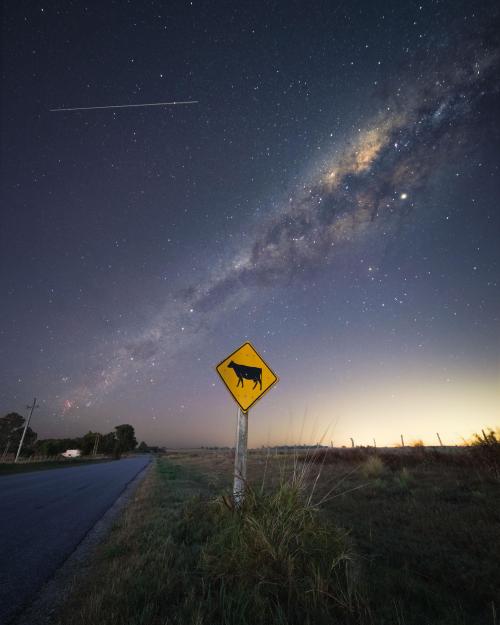
Cow sign, the Milky way and the ISS [OC] via /r/spaceporn https://ift.tt/32YMW3i